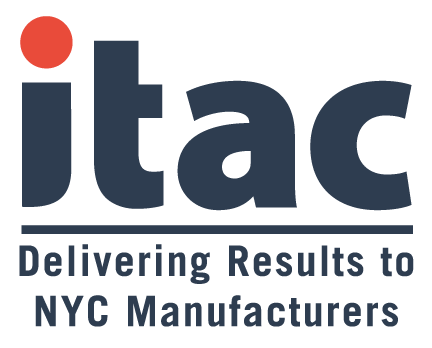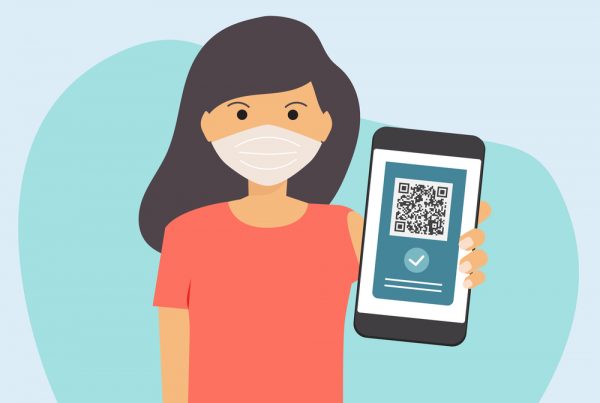Mainstreet Lending Program Update – The Mainstreet Lending Program was first unveiled in April, and got a good deal of publicity as a potential source of liquidity for a wide variety of companies, especially those who could not get the PPP. The US Chamber of Commerce put together probably the most clear and succinct description of the program, its requirements, limitations and eligibility. Similar to the PPP, this program will be administered through banks. For those who have asked, YES you can have both the PPP and a loan from this program. The big question now is, when will it be available? There is no clear answer, we are monitoring closely and will certainly report when we get new information.
Re-Opening Offices – While our daily updates have been centered around the PPP and other stimulus, I wanted to share an article written by our Chief Talent Officer which outlines thoughts regarding an approach for re-opening offices. It gives a glimpse into what the “new normal” might look like in the future and may provide some ideas to our clients as they start contemplating that move.
Tech Company sues to keep PPP funds – Eligibly has been a source of controversy for sure, navigating the Statue and subsequent Interim Final Rulings have been a daunting task. Zumasys is a software company that has filed a lawsuit to try to stop the SBA from enforcing eligibly requirements put in place as a result of the April 23rd Interim Final Ruling. We doubt this is going anywhere, but interesting none the less.
The first PPP fraud discovered – The Justice Department’s criminal division has announced the first arrests relating to PPP fraud, this article describes an elaborate scheme which took place in New England to divert PPP funds to fictitious companies.
Demand for the PPP may be fading: There were a few articles that came out (example CBS and Business Insider) indicating that the demand for PPP loans seem to be slowing, one article indicated that as much as 40% of the second tranche of funds remain available. This is likely the result of the recent surge of comments from various sources (Mnuchin, Treasury, etc.) which have led companies to question eligibility, but also an indicator that general demand is finally being met. For those who are still attempting to attain a loan, it appears there is still time.
Comments from the SBA Inspector General: The Office of Inspector General’s mission is to “provide independent, objective oversight to improve the integrity, accountability, and performance of the SBA.” This group authored an analysis of the PPP implementation process and also outlined some concerns regarding the forgiveness process and the term of the loans. There is a lot to unpack with respect to the document but here are some thoughts that were drawn from and important expert (below). We don’t yet know if this document will somehow influence changes in the program, given the nature of the covered period, there is very limited time to do so. It is possible that it will only be informational, we will see:
- Term of the loan: The CARES act allows for PPP loans to have a maturity of up to 10 years, however in practice a two year repayment term was established for all PPP loans. The Inspector General questions if a two year repayment term creates undue financial distress for borrowers. It will be interesting to see if term are extended.
- The “75% rule”: The Inspector indicates that a borrow “who do not use at least 75 percent of the loan for payroll may not be able to have all of their loan forgiven.” This is important because the language is a clear indication that the 75% threshold is not a “binary” calculation, meaning if you less than 75% of the proceeds on payroll NONE of your loan is forgiven. There has been a great deal of diversity/debate on how this language should be interpreted, this analysis aligns with our current thinking, which is that a borrower does not need to spend 75% of their loan proceeds on payroll, however, forgiveness on non-payroll costs will limited up to a maximum of 25% of forgivable expenses incurred/paid.
- Suggestion to change the 75% rule? – The last sentence urges that it “may be important to consider” that many companies will have significant non-payroll costs in excess of the 25% threshold. This has certainly been a problem for industries such as retail and restaurants.
“In addition to the 75-percent payroll criteria, the maturity term established by the Administrator and the Secretary would require the borrowers to repay any amount not eligible for forgiveness within the remainder of the initial 2-year term. The Act, however, allowed for a maximum maturity of up to 10 years. SBA’s requirements could result in an unintended burden to the borrowers. For example, PPP borrowers who do not use at least 75 percent of the loan for payroll (therefore use more than 25 percent of their loan proceeds for nonpayroll expenses) may not be able to have all of their loan forgiven. It may be important to consider that many small businesses have more operational expenses than employee expenses. Our review of data from round one found that tens of thousands of borrowers would not meet the 75-percent payroll cost threshold and would therefore have to repay the amount of nonpayroll costs in excess of 25 percent in less than 2 years.”
Use of EIDL Proceeds – We are starting to hear of clients receiving the EIDL loan (which they applied for long before the PPP). The question we are receiving is: Can we have both? How do they interplay?
Yes, you can have both the PPP and EIDL loan at the same time. Keep in mind that you cannot use both loans for the same purpose, meaning you cannot use the EIDL for payroll costs, then ask for forgiveness of payroll costs relating to your PPP loan. The EIDL allows for a much more broad set of expenses that are “allowable” than the PPP and has a repayment term that can be as long as 30 years at a competitive, fixed interest rate, it can serve as a nice source of liquidity if you are able to receive it.
FAQ 45 – A new FAQ came out confirming if a Borrower returns their PPP loan, they will be eligible for the Employee Retention Credit. Nothing earth shattering here, but a welcomed clarification. As a reminder you ARE allowed to take advantage of the Payroll Tax Deferral if you received the PPP.
- Question: Is an employer that repays its PPP loan by the safe harbor deadline (May 14, 2020) eligible for the Employee Retention Credit?
Answer: Yes. An employer that applied for a PPP loan, received payment, and repays the loan by the safe harbor deadline (May 14, 2020) will be treated as though the employer had not received a covered loan under the PPP for purposes of the Employee Retention Credit.
Webinar on Forgiveness – On May 21st at 11am we will be hosting a webinar on how to calculate forgiveness. Feel free to RSVP if you are interested in joining. Based on recent FAQs we “suspect” new guidance will be out by Mid-May and thus we will have time to digest and discuss on the 21st. Given response rates from previous webinars, we recommend RSVPing as soon as you know you will be joining.
Reminder Section (what should I be doing):
- Call your Payroll Company about claiming the payroll tax deferrals and employee retention credits that were made available in the CARES Act – see previous emails.
- Talk to your Payroll Company about the Sick Pay Bill (passed prior to the CARE Bill) – see previous emails.
- Be in constant communication with your Bank (about status of your PPP application).
- Consider speaking with your bank to discuss changes to terms of existing debt facilities. The banking system remains strong.
- If you have already applied for the PPP, start forecasting how you intend to spend the funds and how to qualify for the highest amount of forgiveness possible.
This information is provided by Withum. Visit Withum’s COVID-19 Resource Center for insights to help you and your business during this challenging time. Check out Withum’s Podcast Civic Warriors, a voice for nonprofits – Also on Spotify and Apple Podcasts!






